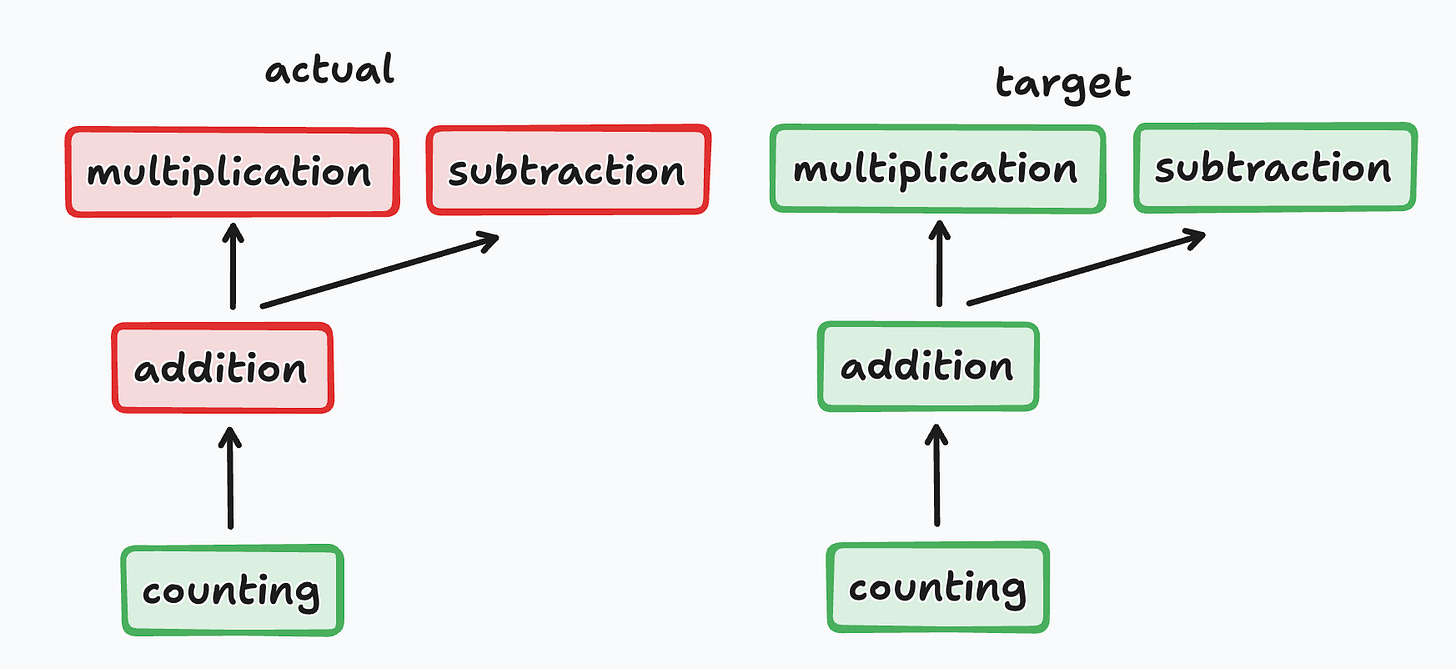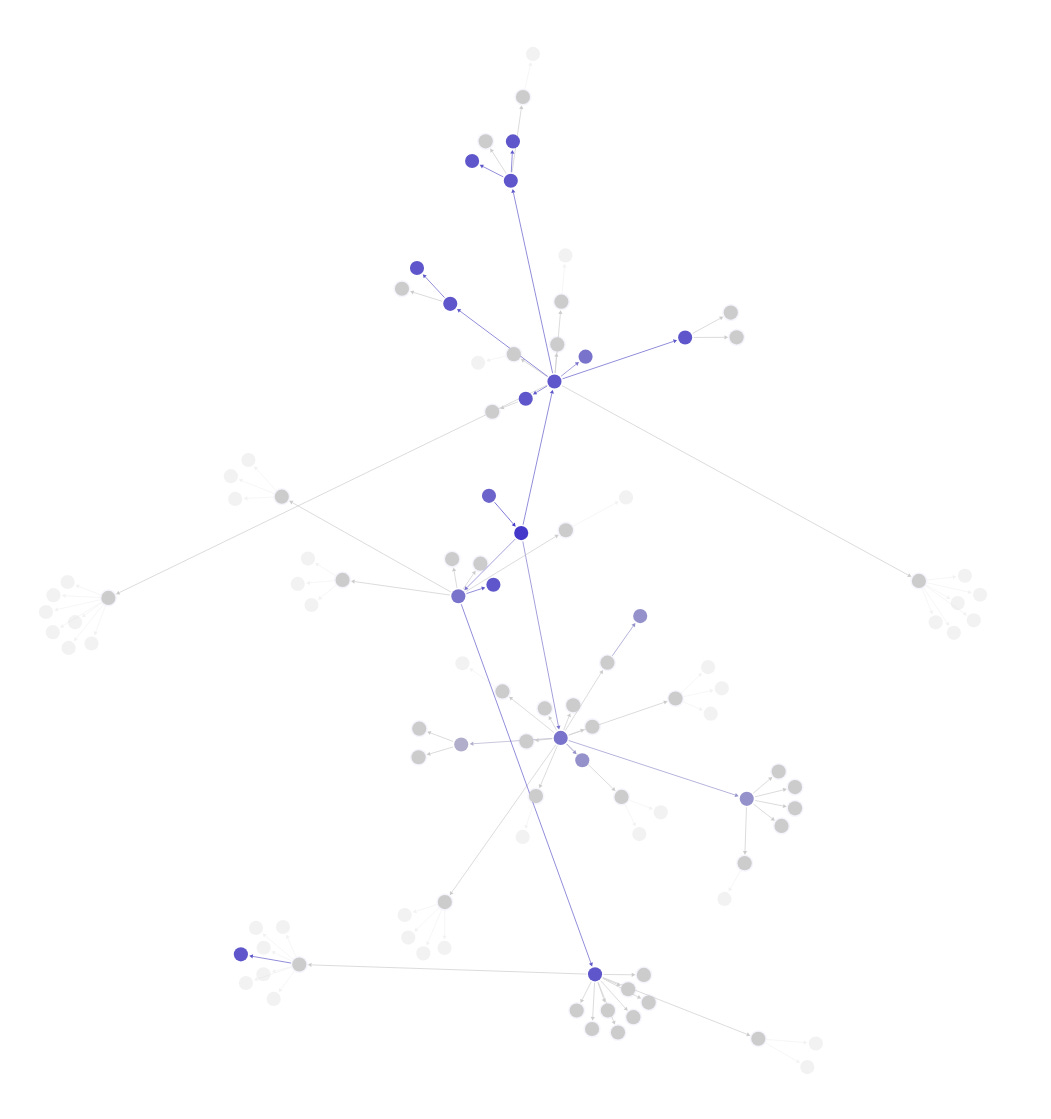- Learning with Orin
- Posts
- Pedagogy Unchained
Pedagogy Unchained
Background
I recently started building Orin, an AI-powered tutoring company. We wanted take the long shot of AI in education: actually building a tutor for every student.
Today, I want to focus on pedagogy - the art of teaching.
Teaching is constrained by human labor. America has a finite number of teachers—~3.7 million of them—and 15 times as many students, making the average class size 16-23 students per class.
In every country, the number of students exceed the number of teachers.
And while class sizes continue to rise and teachers continue to burn out, the research about the best strategy is clear:
On average, students that engage in one-on-one tutoring perform two standard deviations above their peers.
In fact, this is so well known it even has a name: Bloom’s Two Sigma Problem.
Personalized one-on-one instruction is the undisputed best way to help a student improve. Full stop.
But what makes personalized instruction so good? What can it do that nothing else can?
Let’s find out.
Trees
To teach somebody something effectively, a teacher needs to know three things.
What does this person already know?
What do they want to know?
How do they learn best?
With these three pieces of data, a teacher’s job is fairly clear: find the difference between what they already know and what they want to know, then teach them those concepts in a way that’s optimal for them.
Here’s an example.
Little Johnny already knows how to count, and he wants to learn subtraction and multiplication. Great! A good teacher would now identify that he needs to learn addition next.
While that jump might seem instinctual, the teacher has just done what we call knowledge mapping. The teacher used their understanding of how multiplication and subtractions works to compute their requirements, and then they mapped Johnny’s current knowledge onto that tree.
In the teacher’s head, they just made a tree that looks something like this:

You can think of this like a skill tree from a video game. It shows that counting is required before addition, and addition is required before subtraction.
But this tree has nothing to do with Johnny. It’s just a tree. The relationship between these four concepts would be the same for every student.
To customize this for Johnny we’ll do some knowledge mapping.

Not only have we mapped Johnny onto the tree (actual), we’ve also mapped Johnny’s target—what he wants to know—onto the tree (target).
We can find the exact difference between these trees to show us what Johnny is missing (highlighted in red). It’s clear from these trees that Johnny needs to learn addition before anything else, which is exactly what the teacher inferred as well.
While this is intuitive for a small number on concepts, imagine scaling it up to hundreds or thousands of concepts. All of the sudden an algorithm can accomplish much more than a human.
💡 If you’ve ever been in university, you’ll probably recognize this idea: it’s what universities try to do with the “course prerequisite” structure. Except every node would be a full course, like “STAT101”.
We can keep adding concepts, building off of each other, and eventually end up with a very large symbolic knowledge tree. It’s possible to represent all of education this way.

Great teachers do this behind the scenes. As they work with a student, they’re continually updating a mapping of what that student knows, what they don’t know, and where they want to be. Then, they’re addressing the gaps one by one.
Repetition
In the above example, we used green and red to represent a binary outcome: does the student know how to count? Yes, or no?
But the reality is much less binary. What if the student had learned this skill before, but hasn’t used it in a while? That wouldn’t quite be green, but it also shouldn’t be red.
Since we can’t use binary to represent what a student knows, we need to introduce another concept. Decay.
To do this, we count repetitions.

As you can see, skills decay by default. We need to periodically reinforce them to prevent this. But every time that a skill gets reinforced, it sticks around for longer. This is popularly called “spaced repetition”.
Preference
Beyond identifying knowledge gaps, true personalization requires an understanding of a student’s learning styles.
Some learners prefer visual diagrams, others learn through storytelling, interactive activities, or step-by-step verbal walkthroughs.
Effective tutors continually adjust their teaching method by observing student interactions. For example, Johnny might initially appear to benefit from visual explanations, but upon deeper interaction, the tutor might discover Johnny also responds strongly to verbal repetition. Thus, the tutor adapts, combining visual aids with interactive conversations.
This dynamic tuning ensures that lessons resonate personally with the student, enhancing both understanding and retention.
Pattern Matching
Human tutors naturally apply past experience when working with new students. They unconsciously recognize patterns—students who struggled with subtraction often benefitted from mastering addition first, for instance.
When building AI tutoring systems, we can query across an entire corpus of thousands of anonymized students, slowly constructing the absolute best pathway for a student to reach an objective.
By identifying clusters of students who learn similarly, we can proactively adapt strategies that have historically proven effective for similar learners.
In other words - we can use the knowledge of millions of tutoring hours to hone a learning strategy for a single student.
Next Steps
These are strategies that great tutors and teachers already employ, even subconsciously.
We’re the first company building them as software. Orin doesn’t do all of these yet, but we’re making progress towards it. We’re focused on building the most effective tutor to ever exist.
If you enjoyed reading this and have children, I’d encourage you to check out Orin. As of June 2025 we’re working with many families to help keep their student’s sharp over the summer.
Orin works best with grades 4-8 and can support with a difficult class, keep students engaged over the summer, provide extracurricular enrichment, etc.
Otherwise, if you’re working with proactive AI agents already, I’d love to chat.